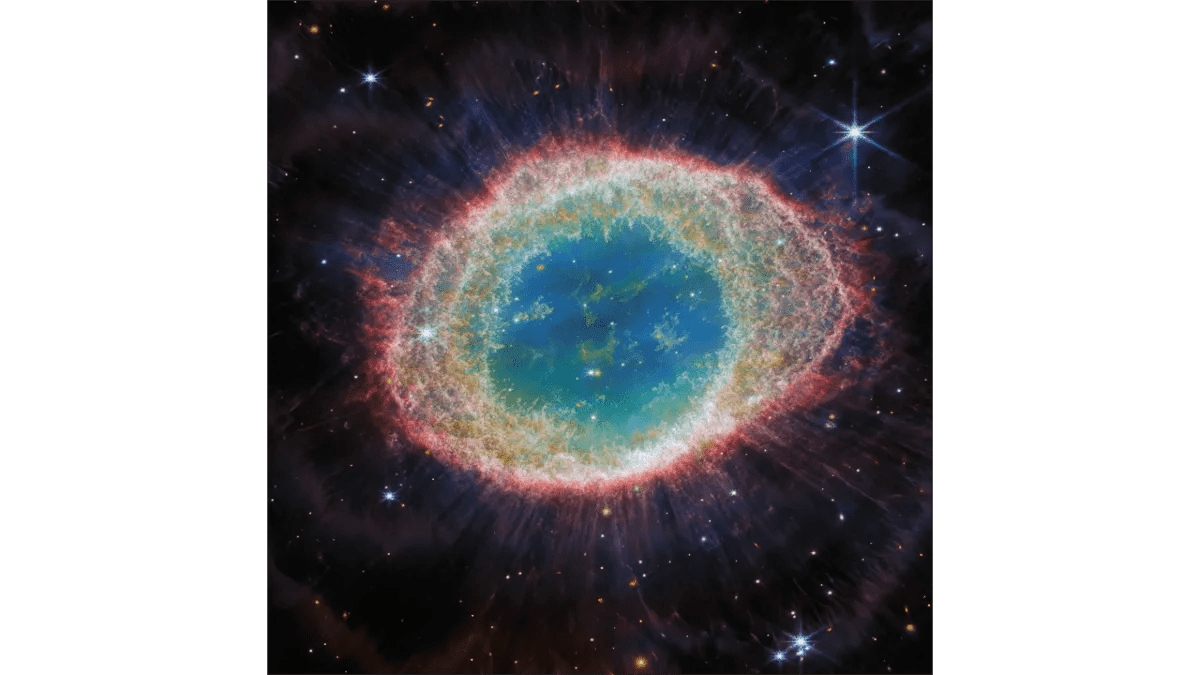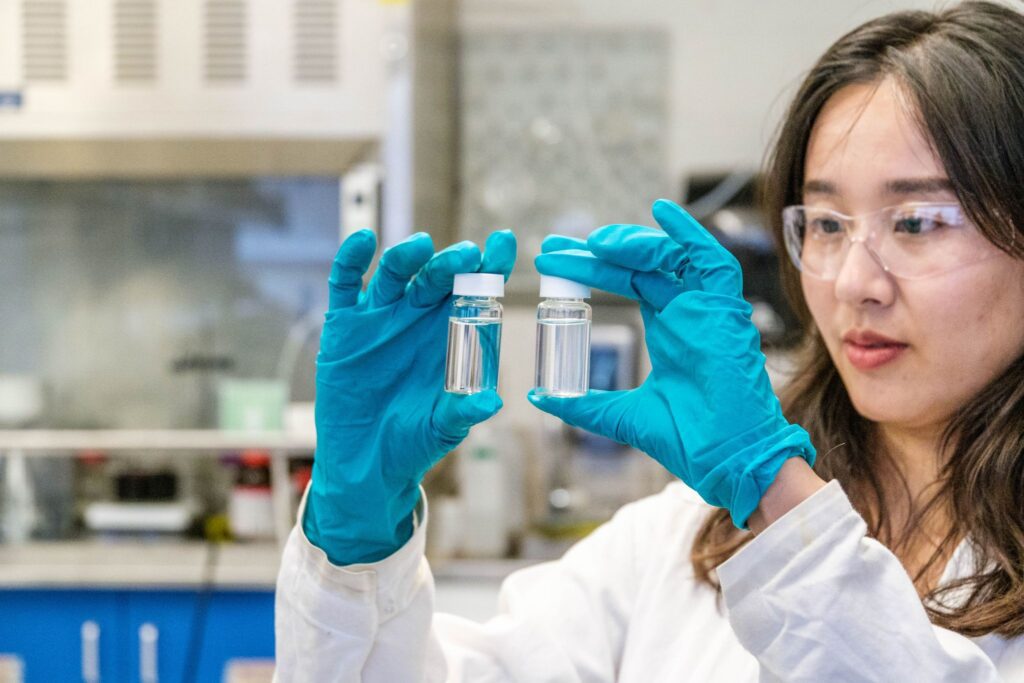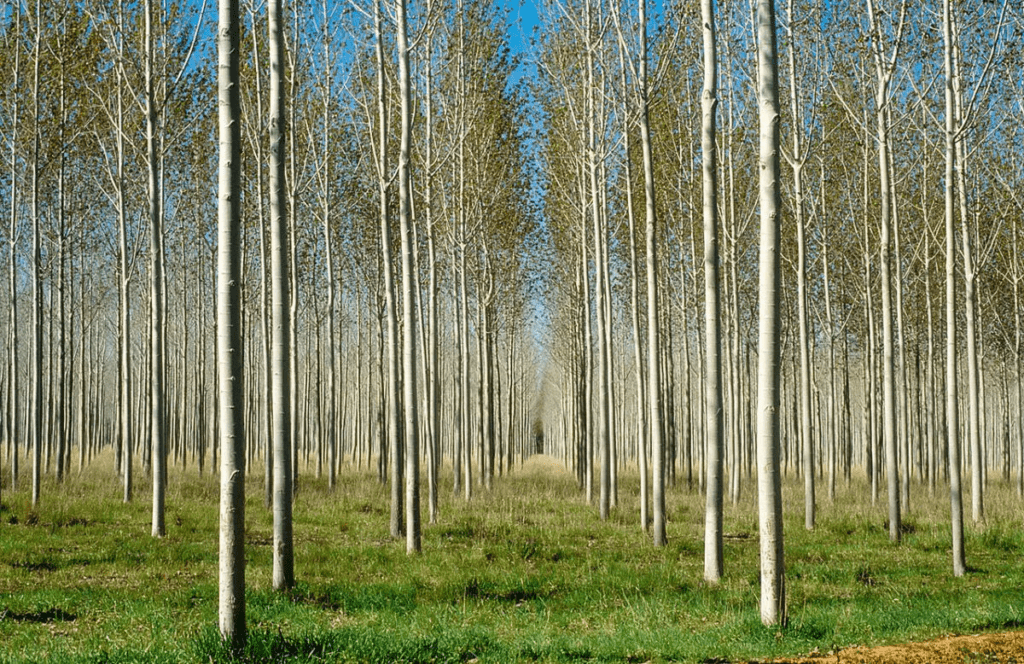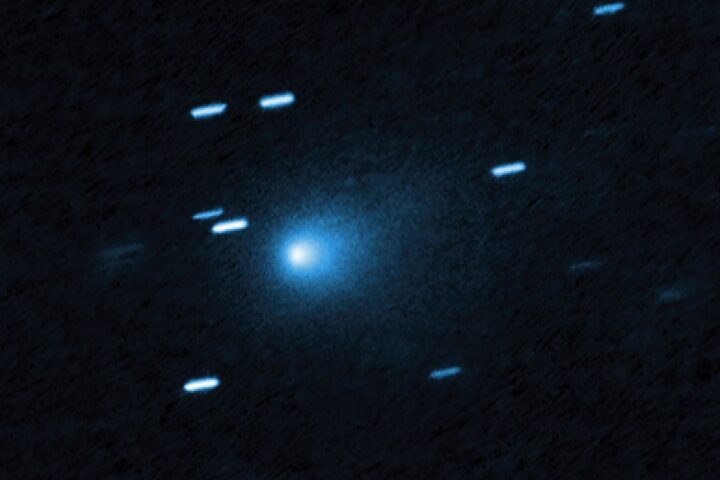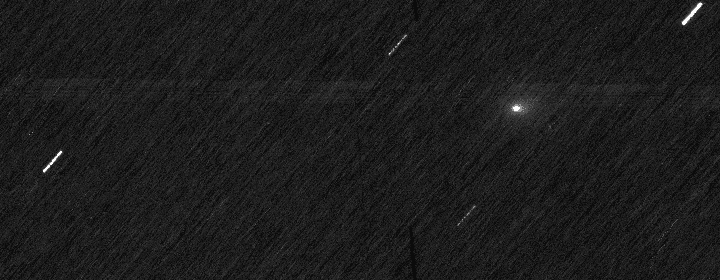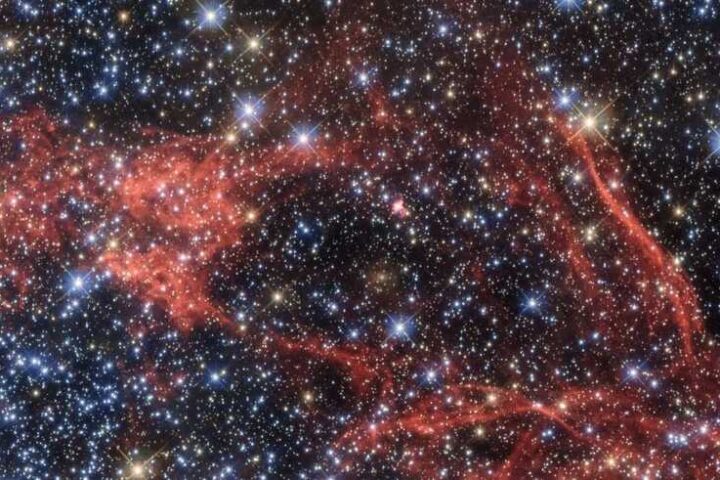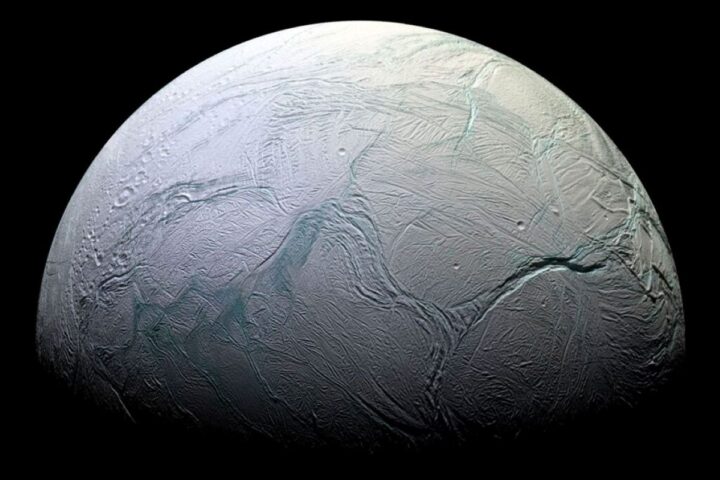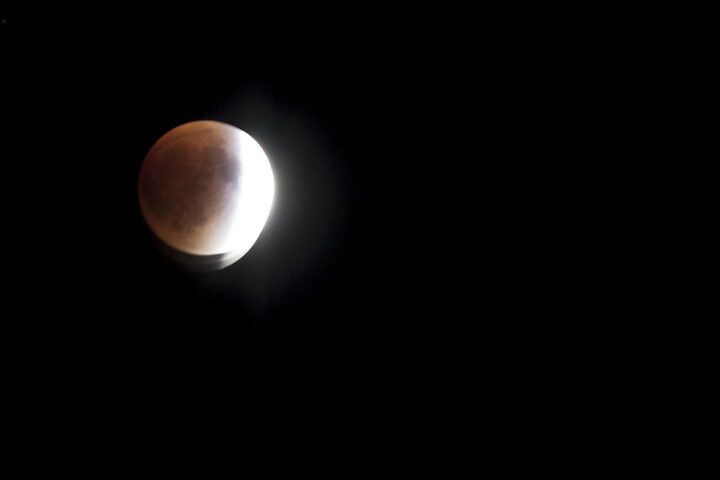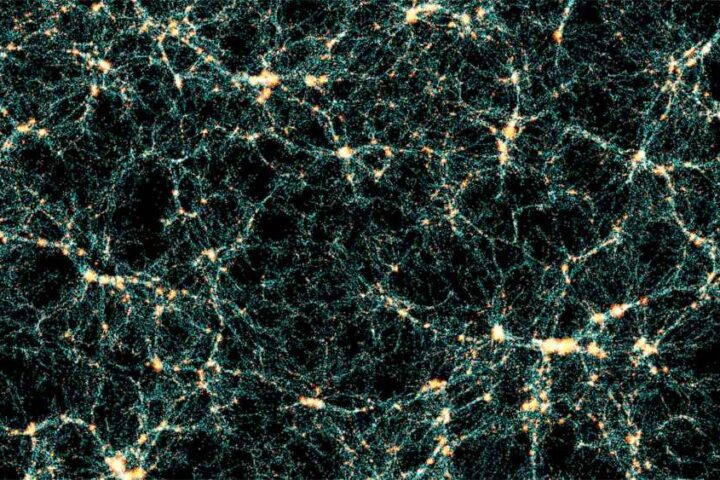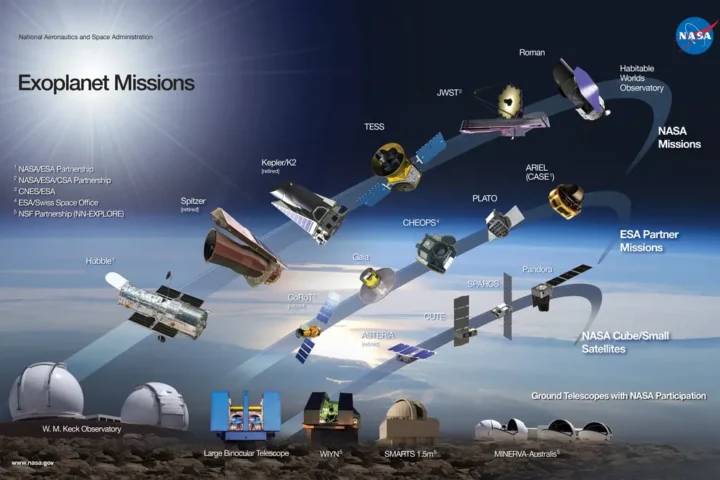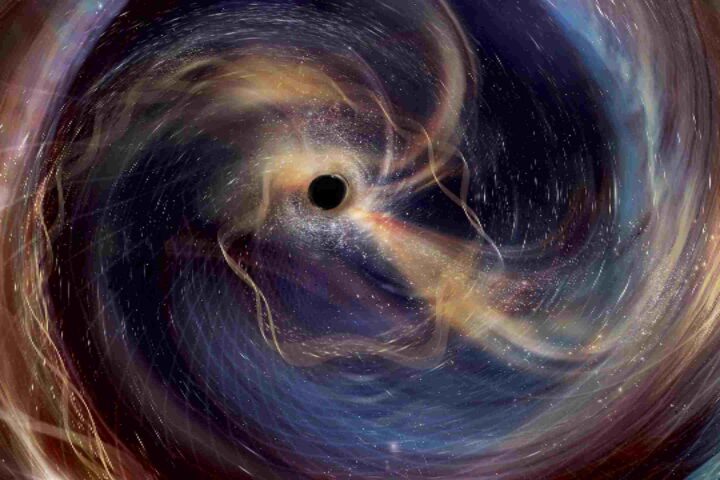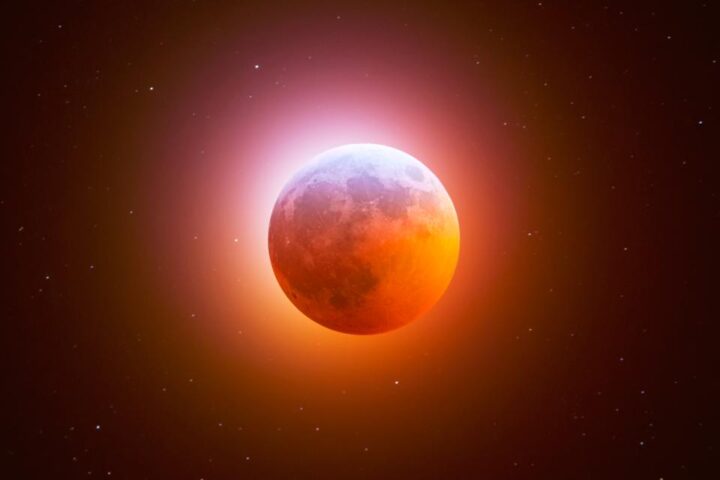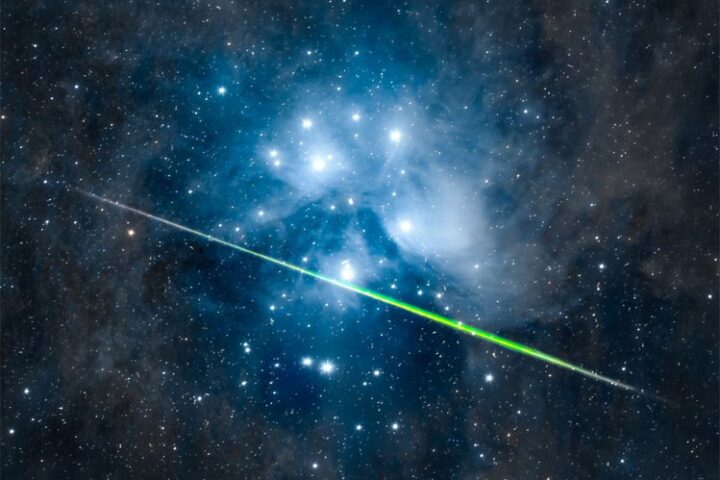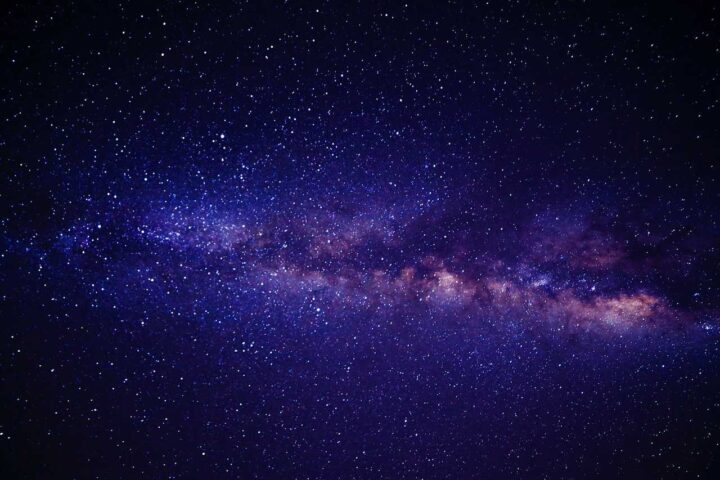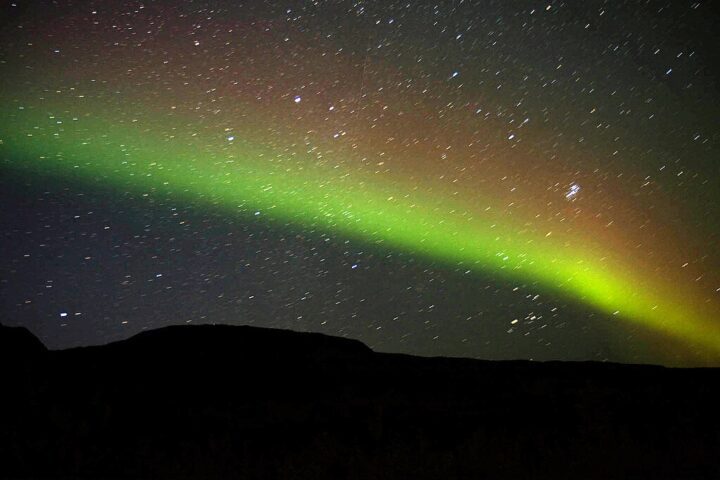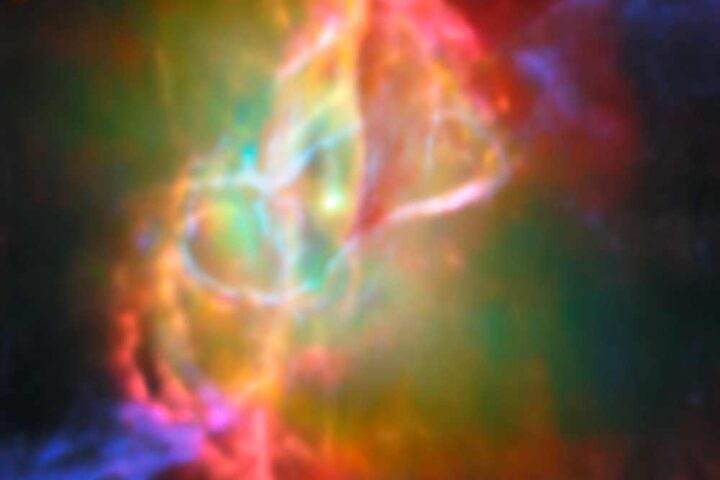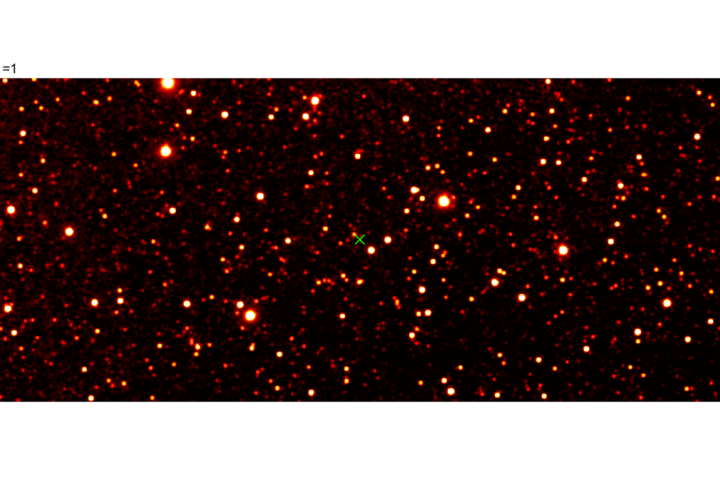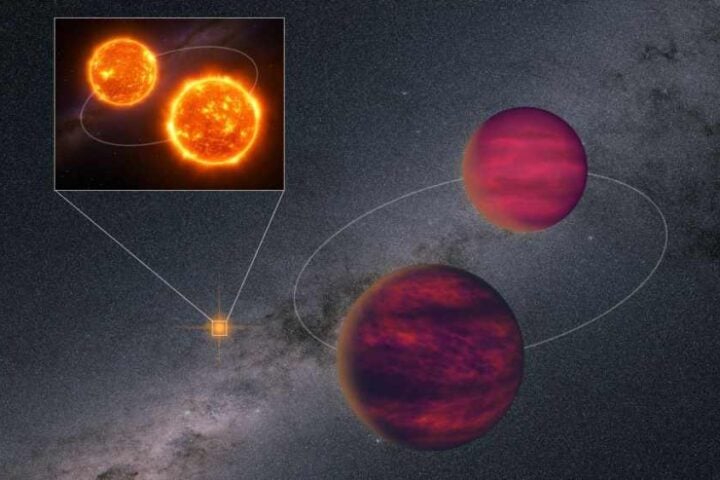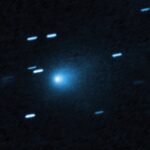The James Webb Space Telescope (JWST) has unveiled a mesmerizing view of the Ring Nebula (M57), offering an unparalleled glimpse into the final moments of a Sun-like star. Situated approximately 2,200 light-years from our planet, this celestial wonder resembles a distorted doughnut, crafted from the remnants of a star that once shone brightly. The intricate details captured by JWST’s cameras surpass any previous images of the nebula, promising a treasure trove of data for astrophysicists.
Using its Near-InfraRed Camera (NIRCam) and Mid-InfraRed Instrument (MIRI), the telescope discerned the nebula’s luminous rings and delicate gaseous clouds. In the center of this cosmic display is a white dwarf star surrounded by a helium halo and outer rings filled with various gases. The vibrant colors in the images aren’t just for show; they signify different chemical elements, each emitting its unique hue, much like a cosmic fireworks display. NIRCam’s imagery reveals a ring teeming with hot gas, showcasing details like filamentary structures that have previously eluded astronomers. On the other hand, MIRI’s lens captured the smoky threads that adorn the nebula’s outer reaches, hinting at the complex processes at play.
Nick Cox from ACRI-ST emphasized that these images aren’t just visually stunning; they’re a gateway to understanding stellar evolution and the cosmic dance of elements. Delving into the nebula’s history, it was once a red giant, shedding its mass, and now, its core heats the surrounding gas, making it glow brilliantly. JWST’s observations are part of the GO 1558 program, aiming to use the Ring Nebula as a cosmic lab to study molecular and dust formation in irradiated environments.
One of the burning questions is how a spherical star could give birth to such a complex nebula, and a binary companion star might be the key to this puzzle. MIRI’s observations suggest that the interactions between the central star and its companion might have shaped the nebula’s intricate layers. The Hubble Space Telescope had its gaze on the Ring Nebula back in 1998, revealing dark clumps at its edge and, in 2011, providing a 3D model of its true shape. Now, JWST and Hubble are joining forces, with the former’s infrared capabilities highlighting features that were barely visible in Hubble’s images.
Similar Post
Roger Wesson of Cardiff University highlighted the nebula’s bright ring, composed of dense molecular hydrogen clumps, each as massive as Earth. Contrary to its name, the Ring Nebula isn’t related to planets; it’s a region formed from the dying breaths of stars, particularly those resembling our Sun. Wesson explained that these “planetary nebulas” were once believed to be simple, round entities, but modern observations have shattered that notion. The European Space Agency (ESA) likened our viewpoint of the Ring Nebula to looking directly down one of its poles, with a barrel of material pointing away.
JWST’s advanced infrared sensors have unveiled details about the nebula’s structure that were previously hidden, shedding light on the chaos of its formation. Surprisingly, the JWST detected around ten concentric “arcs” in the nebula’s outer regions, suggesting a periodic shedding of layers by the central star. These arcs hint at the presence of a companion star, orbiting at a distance similar to that between Earth and Pluto. The JWST’s capabilities have transformed it from a dreamy concept to a powerful tool, revealing the universe’s secrets in the infrared spectrum. Curious spikes within the nebula, faintly seen in Hubble’s images, have now been brought to the forefront, possibly formed in the shadows of the densest parts. Surprisingly, the JWST found emissions from PAHs in the nebula, questioning past beliefs. While the JWST has previously captured the Ring Nebula, its latest imagery, enhanced with vibrant filters, offers a fresh perspective on this cosmic marvel. As scientists study the nebula, the JWST shows humanity’s desire to understand the universe.
